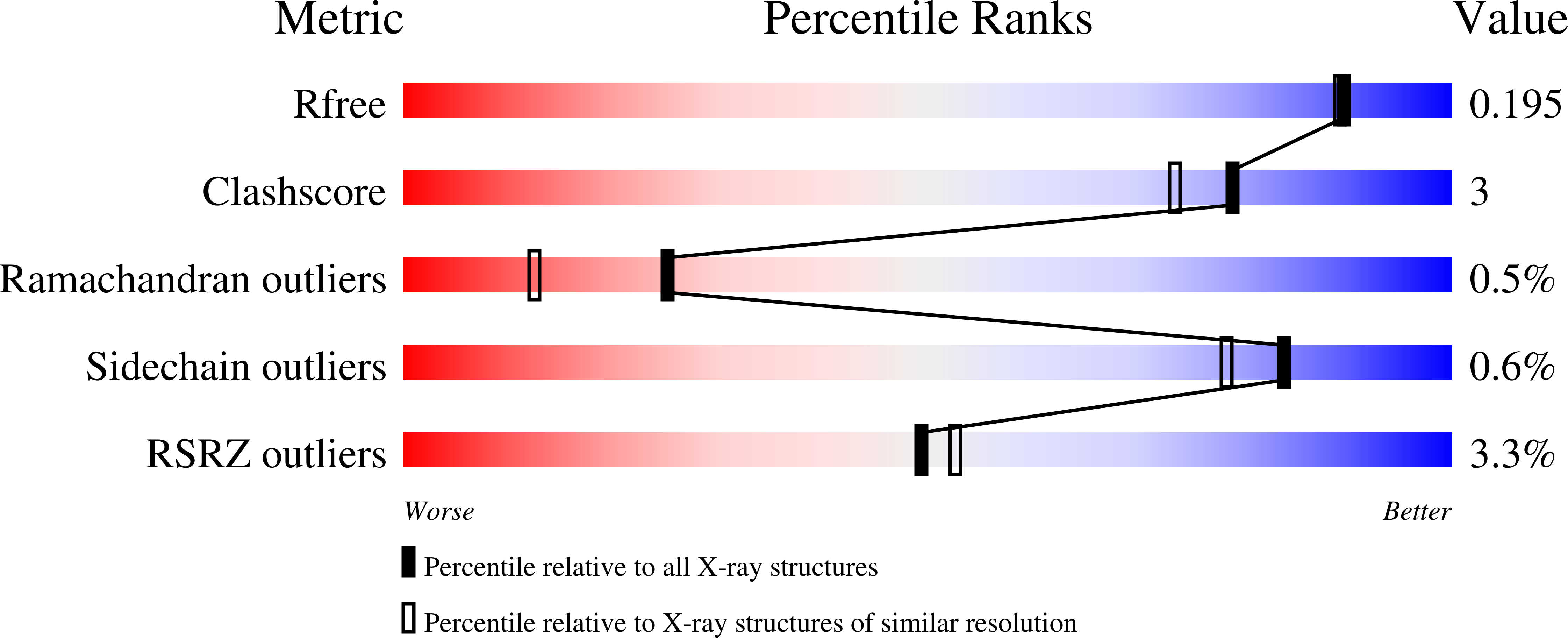
Deposition Date
2024-03-12
Release Date
2025-06-04
Last Version Date
2025-06-04
Entry Detail
PDB ID:
9ENA
Keywords:
Title:
Lysosomal glucocerebrosidase in complex with a stabilizing nanobody
Biological Source:
Source Organism:
Homo sapiens (Taxon ID: 9606)
Lama glama (Taxon ID: 9844)
Lama glama (Taxon ID: 9844)
Host Organism:
Method Details:
Experimental Method:
Resolution:
1.70 Å
R-Value Free:
0.19
R-Value Work:
0.16
R-Value Observed:
0.16
Space Group:
I 4 2 2


